Struggling with sliding doors that grind and squeak? This noise not only annoys the end-user but also reflects poorly on your product’s quality, potentially costing you sales and damaging your brand.
Silent pulleys are primarily characterized by their exceptionally quiet operation, smooth gliding motion, and long-term durability. This is achieved using high-grade materials like POM or nylon and precision bearings that minimize friction, creating a superior, noise-free experience for doors, cabinets, and furniture.
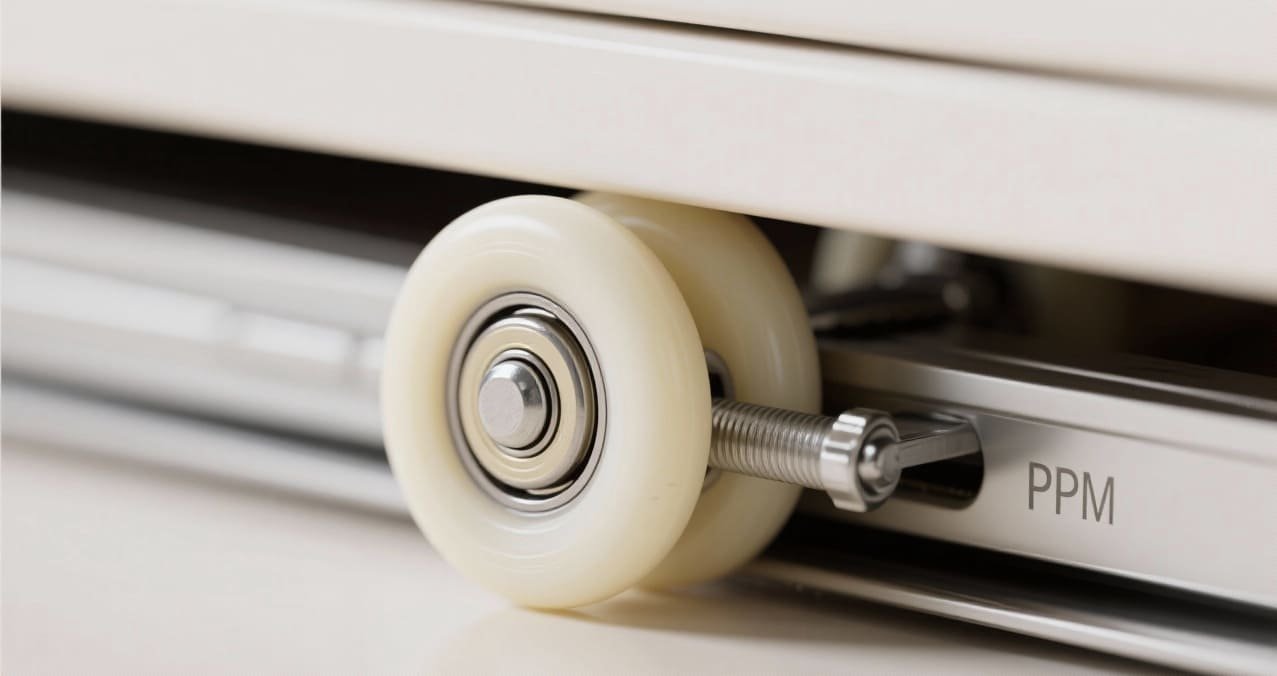
I’ve been in this business for a long time, and I can tell you that the smallest components often make the biggest impact. I once had a client, a manufacturer of high-end office furniture, who was dealing with constant complaints about their new line of sliding cabinet doors. The doors were beautiful, but they made a horrible grating sound. They thought the issue was with the aluminum tracks. After a quick look, I knew the problem was the cheap, generic pulleys they were using. We swapped them for our precision silent pulleys, and the problem vanished. That’s the power of focusing on quality in every detail. To truly appreciate what makes a pulley silent, we first need to understand the basics of how all pulleys work.
What are the characteristics of pulleys?
Choosing the right pulley seems easy, but a poor choice can lead to system failure and unhappy customers. Understanding the basic types is the first step toward building reliable products.
A pulley is a simple machine featuring a wheel on an axle, designed to support movement and change the direction of a rope or belt. Its main characteristics are redirecting force, providing mechanical advantage, and reducing friction, making it easier to move heavy objects.
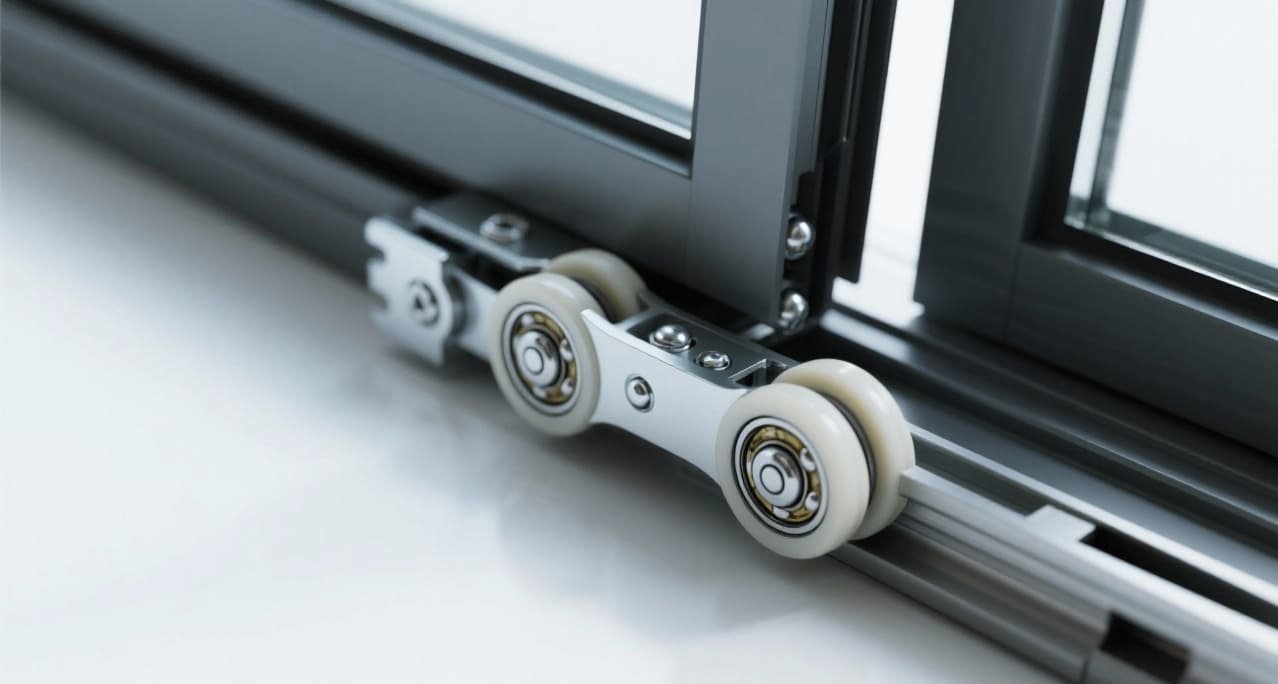
In my factory, we deal with pulleys every single day. At its core, a pulley is a wheel designed to make work easier. There are two fundamental types that you, as a purchaser, should know about. The first is a fixed pulley. Its axle is anchored in place, like the pulleys you might see at the top of a flagpole or in a simple wardrobe door system. It doesn’t reduce the force needed, but it changes the direction of the force. For example, you can pull down on a rope to lift something up. The second type is a movable pulley. Its axle is attached to the object you are moving. This type actually reduces the force needed to move the object, which is a huge benefit.
Here is a simple breakdown:
| Pulley Type | Main Function | Application Example |
|---|---|---|
| Fixed Pulley | Changes the direction of force | Simple wardrobe doors, window blinds |
| Movable Pulley | Reduces the effort (force) needed | Heavy sliding partitions, large barn doors |
Understanding this distinction is crucial. For a light cabinet door, a simple fixed pulley system might be enough. But for a heavy solid wood door, you need the mechanical advantage of a movable pulley to ensure it feels smooth and light to the user.
What are the main characteristics of a movable pulley?
Are you trying to make heavy doors feel effortless to open? A simple fixed pulley system just adds stress to the frame and is difficult for the user to operate.
A movable pulley’s most important characteristic is that it provides mechanical advantage. Because the pulley moves with the load, it effectively cuts the effort required to move it in half. This is essential for heavy-duty applications like large glass partitions or solid wood doors.
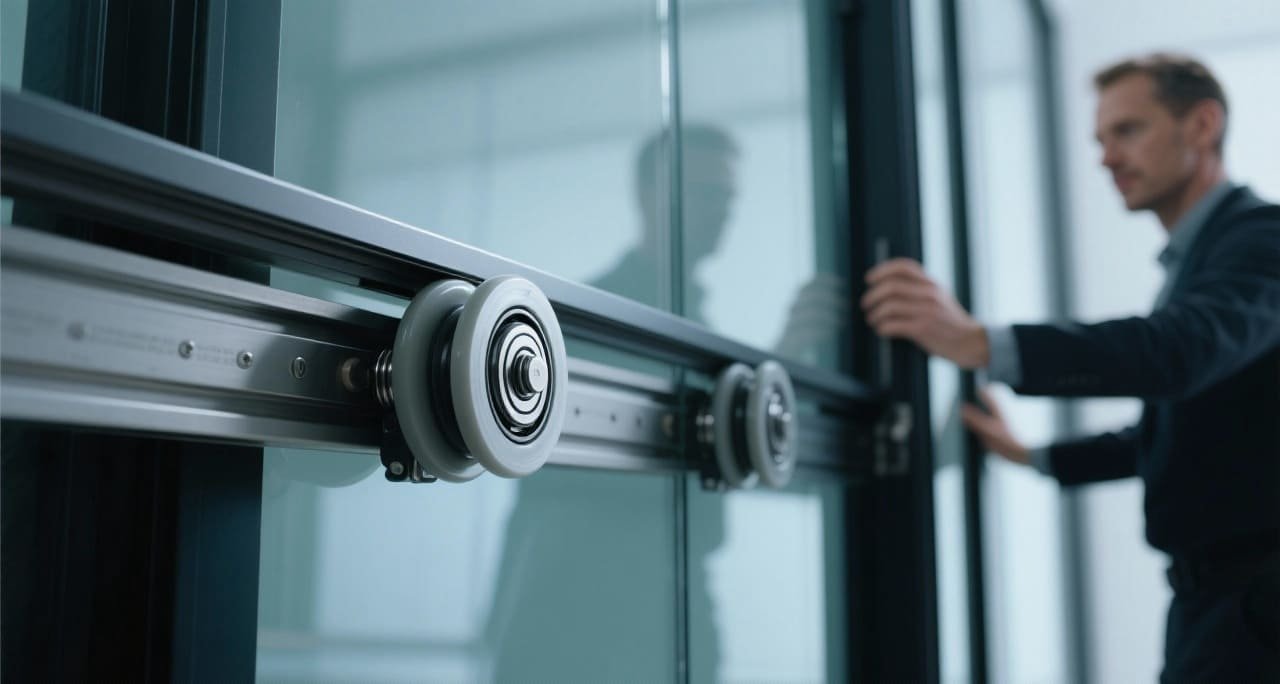
The magic of a movable pulley is something we leverage constantly in our heavy-duty systems. Imagine you have to lift a 100kg load. With a fixed pulley, you still have to pull with 100kg of force. But with a single movable pulley, that load is supported by two sections of the rope, so you only need to apply 50kg of force. This is what we call mechanical advantage. It makes the impossible feel possible. When a customer opens a massive, floor-to-ceiling partition door with just one hand and it glides effortlessly, that is the power of a movable pulley at work. The trade-off is that you have to pull the rope twice the distance, but for the end-user, the feeling is one of lightness and quality. This principle is the foundation of all our heavy lifting wheel systems. It allows designers to create impressive, large-scale features without worrying about them being too heavy to operate smoothly.
What are the characteristics of an ideal pulley?
Your product spec sheet promises flawless performance, but in the real world, you see friction, noise, and wear. This gap between the ideal and the reality costs you money and customer trust.
An ideal pulley is a theoretical concept from physics. Its key characteristics are a completely frictionless axle and a massless wheel and rope. In this perfect world, no energy is lost to friction or heat, allowing for a 100% efficient transfer of force.
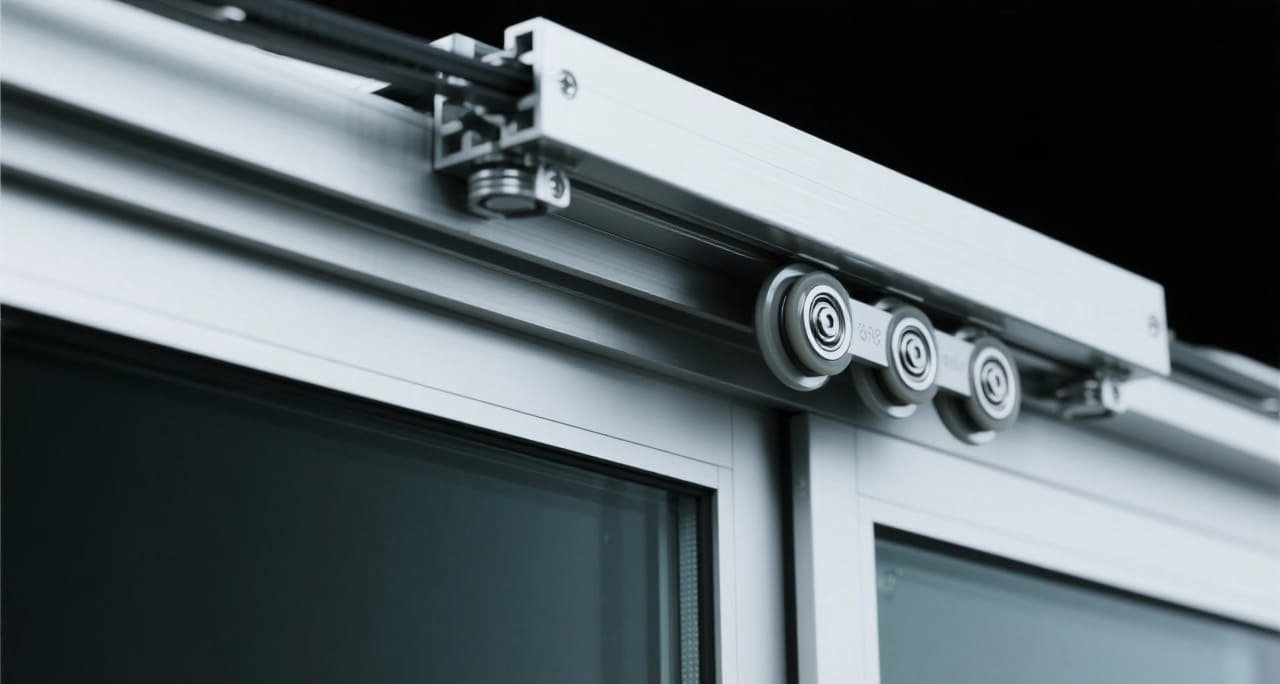
Of course, in our factory, we know that a truly "ideal" pulley cannot exist. There will always be some friction, and our components will always have some weight. But "ideal" is the benchmark we are constantly chasing. This pursuit of the ideal is what separates a standard pulley from a high-performance silent pulley. It’s all about minimizing the imperfections.
How do we get closer to this ideal?
- Fighting Friction: This is the biggest enemy of smooth, silent operation. We use high-precision, sealed ball bearings to minimize contact and rolling resistance. The pulley wheels themselves are made from materials like Polyoxymethylene (POM), which has a naturally low coefficient of friction. This is the number one reason our pulleys are silent.
- Reducing Mass: While we can’t make them massless, we use strong yet lightweight materials. This reduces the inertia of the system, making it easier to start and stop the motion.
- Eliminating Wear: We use durable materials that resist deformation and wear over tens of thousands of cycles. A long service life is a key characteristic.
- Ensuring Precision: High precision in manufacturing means the wheel runs perfectly true on the axle, preventing vibrations that cause noise.
Chasing the ideal pulley means focusing on quality materials and engineering. That’s how we create a product that is not just a component, but a mark of quality for your final product.
What are the characteristics of a compound pulley?
Are you facing an extremely heavy application, like an operable glass wall or an industrial partition? A single fixed or movable pulley simply doesn’t have enough power for the job.
A compound pulley system combines fixed and movable pulleys to achieve a significant multiplication of mechanical advantage. Its defining characteristic is its ability to move extremely heavy loads with minimal effort, with the advantage increasing with each added pulley supporting the load.
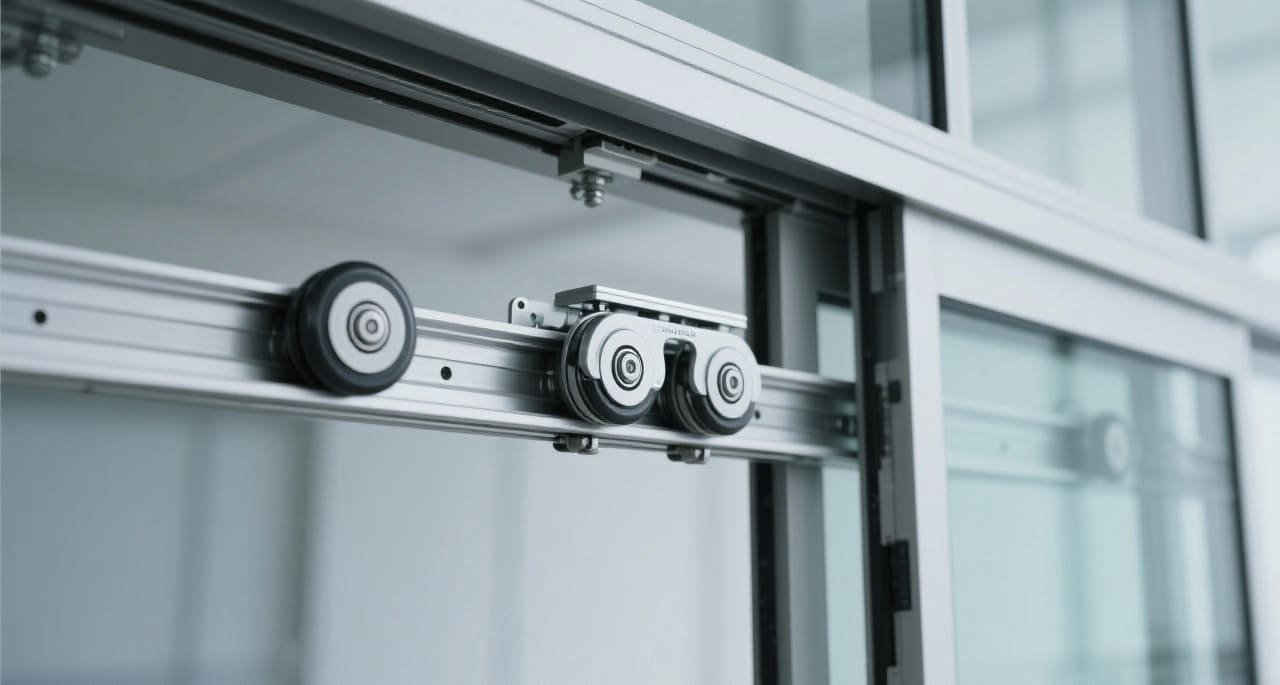
When we get a request for a hardware system for a door that weighs several hundred kilograms, we turn to compound pulley systems. This is where we combine the benefits of both fixed and movable pulleys. A fixed pulley changes the direction of the pull to a convenient angle, while one or more movable pulleys multiply the force. The mechanical advantage is directly related to the number of rope segments supporting the load.
| Number of Movable Pulleys | Supporting Rope Segments | Mechanical Advantage (Approx.) |
|---|---|---|
| 1 | 2 | 2x |
| 2 | 4 | 4x |
| 3 | 6 | 6x |
This principle allows us to engineer systems for massive openings. However, there’s a critical point here for you as a purchaser. In a compound system, the quality of each individual pulley is magnified. If just one pulley in a system of four is noisy or creates friction, it degrades the performance of the entire system. That’s why for our heavy-duty and linkage door systems, we only use our top-quality, precision-engineered silent pulleys. The complexity of the system demands the highest quality from its simplest parts.
Conclusion
In summary, the mechanics behind pulleys directly impact performance. Choosing high-quality, silent pulleys is the foundation for any premium sliding system, guaranteeing smooth, durable, and quiet operation for your products.

